
What’s the Difference Between a Traditional Design Agency and an End-to-End Product Development Partner?
Read More →
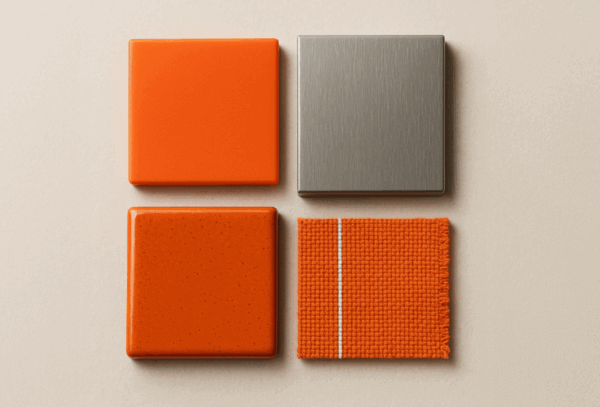
The Role of Materials in Product Performance: Plastic, Metal, and Beyond
Read More →

Blending Creativity & Strategy In Product Development: Q&A With Kickr’s Kylie Early
Read More →
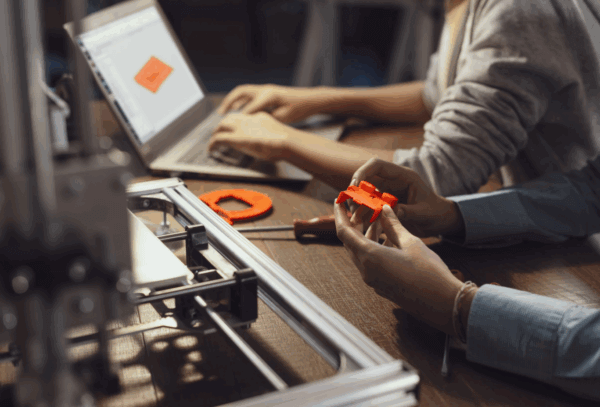
Design + Prototyping Iteration Strategies for Middle-Market Companies
Read More →
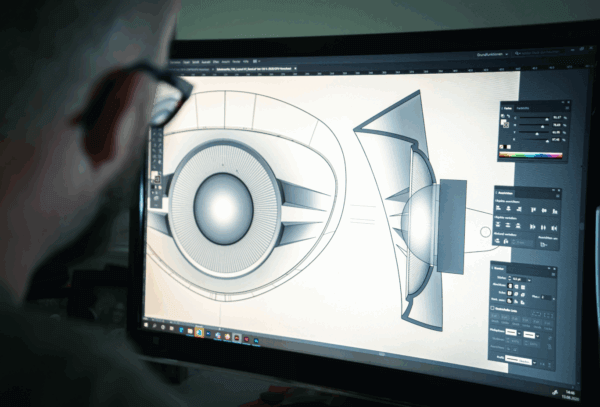
Outsource vs. In-House Product Development
Read More →

Turning Ideas Into Products: Q&A With Kickr’s Seth Cross
Read More →
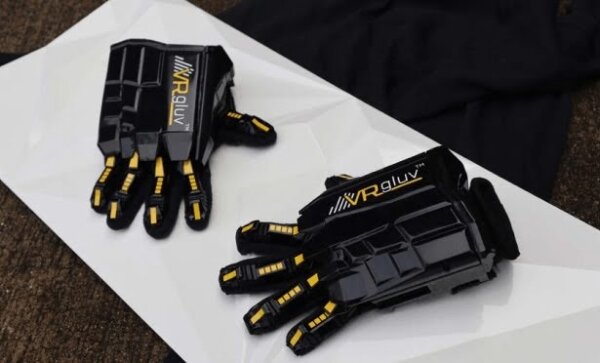
Top 5 Prototyping Mistakes to Avoid in Product Development
Read More →

How to Bring a Product to Market Successfully
Read More →
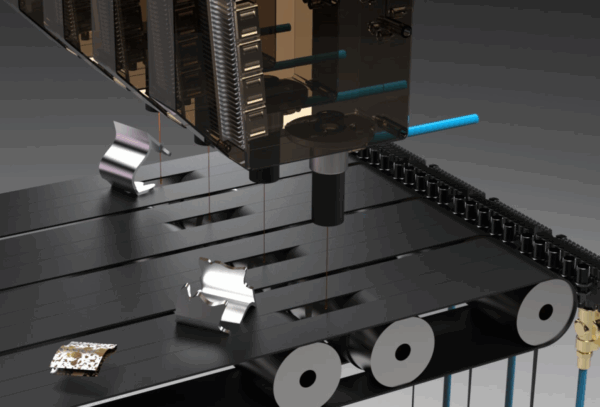
Make the Most of Your Budget Before Year-End By Investing in Product Development
Read More →

Understanding Sterilization & Medical Device Regulations In The Product Development Process
Read More →
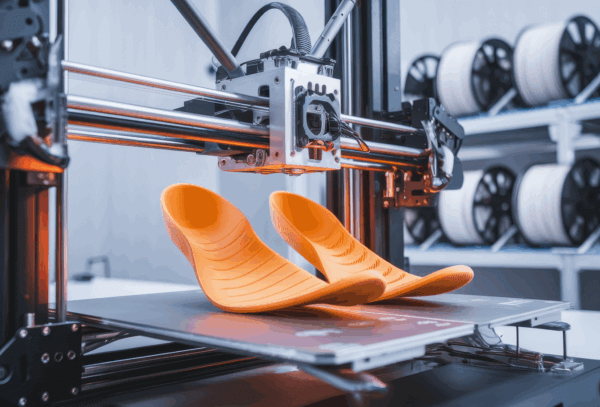
The Story Behind Kickr Design’s First Product
Read More →
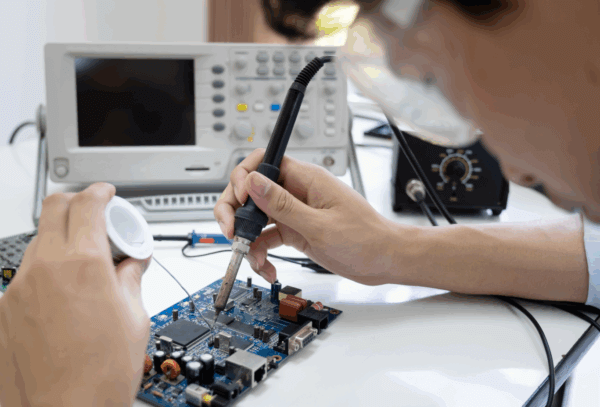
How Kickr Design Ensures Medical Device Compliance with IEC 60601 Electrical Testing
Read More →
"*" indicates required fields